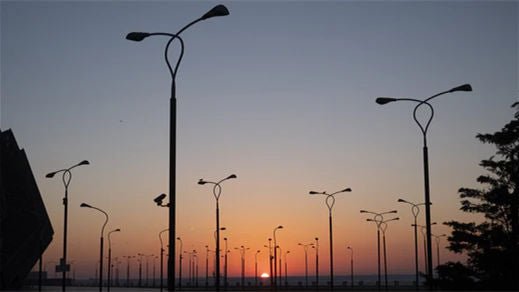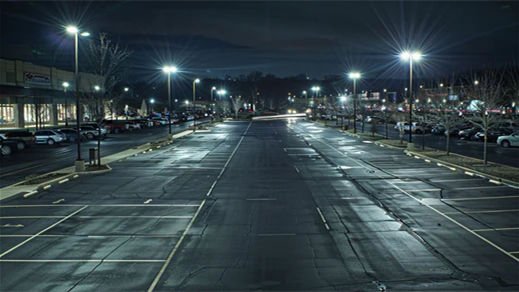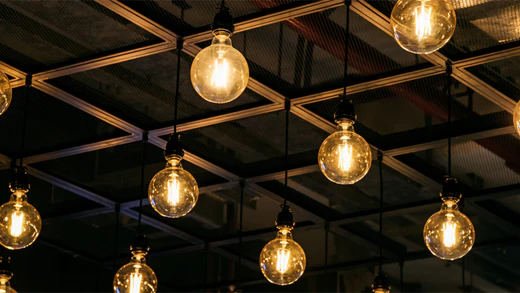In the realm of outdoor lighting, the terms "photocell light" and "dusk to dawn light" are frequently encountered. To the uninitiated, these terms might appear synonymous, often leading to confusion. However, while they are related and share similar functionalities, there are nuanced differences that set them apart. This blog aims to delve into what photocell lights and dusk to dawn lights are, explore their similarities and differences, and provide insights into their applications and benefits.
What is a Photocell Light?
A photocell light is an outdoor lighting fixture that includes a photocell sensor. A photocell, also known as a photoelectric cell, is a sensor that detects light. When the sensor perceives a decrease in ambient light, such as at dusk or during a storm, it triggers the light fixture to turn on. Conversely, when the sensor detects an increase in light, such as at dawn or when artificial lighting is sufficient, it turns the light off.
The primary component of a photocell is a light-sensitive resistor. When light levels drop, the resistance of the photocell changes, causing an electric current to flow and activate the light. This mechanism ensures that the light operates only when needed, making it an energy-efficient solution for outdoor illumination.
What is a Dusk to Dawn Light?
Dusk to dawn lights are a type of outdoor lighting designed to automatically turn on at dusk and turn off at dawn. These lights are equipped with a built-in photocell sensor, which is why they are often associated with photocell lights. However, the term "dusk to dawn light" specifically refers to the functionality of the lighting fixture, emphasizing its operational schedule rather than the technology enabling it.
Dusk to dawn lights provide continuous illumination throughout the night, enhancing security and visibility around properties. They are commonly used in residential settings, commercial properties, parking lots, and public spaces to ensure areas remain well-lit and safe during nighttime hours.
Similarities Between Photocell Lights and Dusk to Dawn Lights
Given that dusk to dawn lights use photocell sensors to achieve their automatic on/off functionality, the overlap between the two is significant. Both types of lights share several key characteristics:
- Automatic Operation: Both photocell lights and dusk to dawn lights are designed to operate without manual intervention. They automatically turn on when ambient light levels drop and turn off when light levels rise.
- Energy Efficiency: By only operating when necessary, these lights help reduce energy consumption, leading to lower electricity bills and a smaller carbon footprint.
- Enhanced Security: The automatic operation ensures that outdoor areas remain illuminated during dark hours, deterring potential intruders and enhancing the safety of the property.
- Convenience: Homeowners and property managers do not need to worry about turning lights on and off, as these fixtures handle it automatically.

Differences Between Photocell Lights and Dusk to Dawn Lights
While the terms are often used interchangeably, there are subtle differences between photocell lights and dusk to dawn lights:
a. Scope of Functionality:
Photocell Lights: This term broadly encompasses any lighting fixture that uses a photocell sensor. This can include streetlights, security lights, and other outdoor lights that may not necessarily operate from dusk to dawn but are triggered by changes in light levels.
Dusk to Dawn Lights: This term specifically refers to lights that are intended to provide illumination from evening until morning. The focus is on the duration of operation rather than the triggering mechanism.
b. Application Versatility:
Photocell Lights: These can be used in a variety of settings and applications. For instance, they might be used in an indoor setting where light levels vary significantly throughout the day, such as in warehouses or greenhouses.
Dusk to Dawn Lights: These are primarily used for outdoor applications where consistent overnight lighting is required. They are ideal for pathways, driveways, gardens, and security lighting.
c. Design and Features:
Photocell Lights: Depending on their design, photocell lights can include additional features such as motion sensors, timers, or dimming capabilities. These features make them suitable for customized lighting solutions.
Dusk to Dawn Lights: Typically, these lights are straightforward in their functionality, focusing on reliable and consistent lighting throughout the night. They may not always include advanced features like motion detection.
Benefits of Using Photocell and Dusk to Dawn Lights
- Energy Savings: By ensuring lights are only on when needed, both photocell lights and dusk to dawn lights help conserve energy, which is beneficial for both the environment and your wallet.
- Increased Safety: Well-lit areas are less likely to attract criminal activity. These lights ensure that your property is illuminated when it’s most vulnerable, thereby enhancing security.
- Cost-Effective: Although the initial investment in these lights might be higher compared to traditional lighting solutions, the long-term savings on energy bills and maintenance costs make them a cost-effective choice.
- Low Maintenance: The automatic operation means less wear and tear on switches and reduced need for manual intervention, resulting in lower maintenance requirements.
- Environmental Impact: Reduced energy consumption translates to lower greenhouse gas emissions, making these lighting options more environmentally friendly.

Applications of Photocell and Dusk to Dawn Lights
- Residential Use: Ideal for illuminating driveways, pathways, gardens, and porches. They enhance curb appeal and provide safety for residents returning home after dark.
- Commercial Properties: Used in parking lots, building exteriors, and signage to ensure visibility and security after business hours.
- Public Spaces: Parks, pathways, and recreational areas benefit from consistent lighting, making them safer and more welcoming for visitors.
- Street Lighting: Photocell lights are often used in streetlights to ensure roads and public spaces remain illuminated during night hours.
Conclusion
In summary, while photocell lights and dusk to dawn lights share many similarities and are often used interchangeably, they cater to slightly different needs and applications. Photocell lights refer to a broad category of lighting fixtures that use light-sensitive sensors to operate automatically, while dusk to dawn lights specifically describe lights that provide continuous illumination from evening until morning.
Understanding the distinctions and benefits of each can help you make informed decisions when selecting outdoor lighting solutions. Whether you aim to enhance security, improve energy efficiency, or simply add convenience to your lighting setup, both photocell lights and dusk to dawn lights offer valuable solutions tailored to modern needs.


































Leave a comment
This site is protected by hCaptcha and the hCaptcha Privacy Policy and Terms of Service apply.